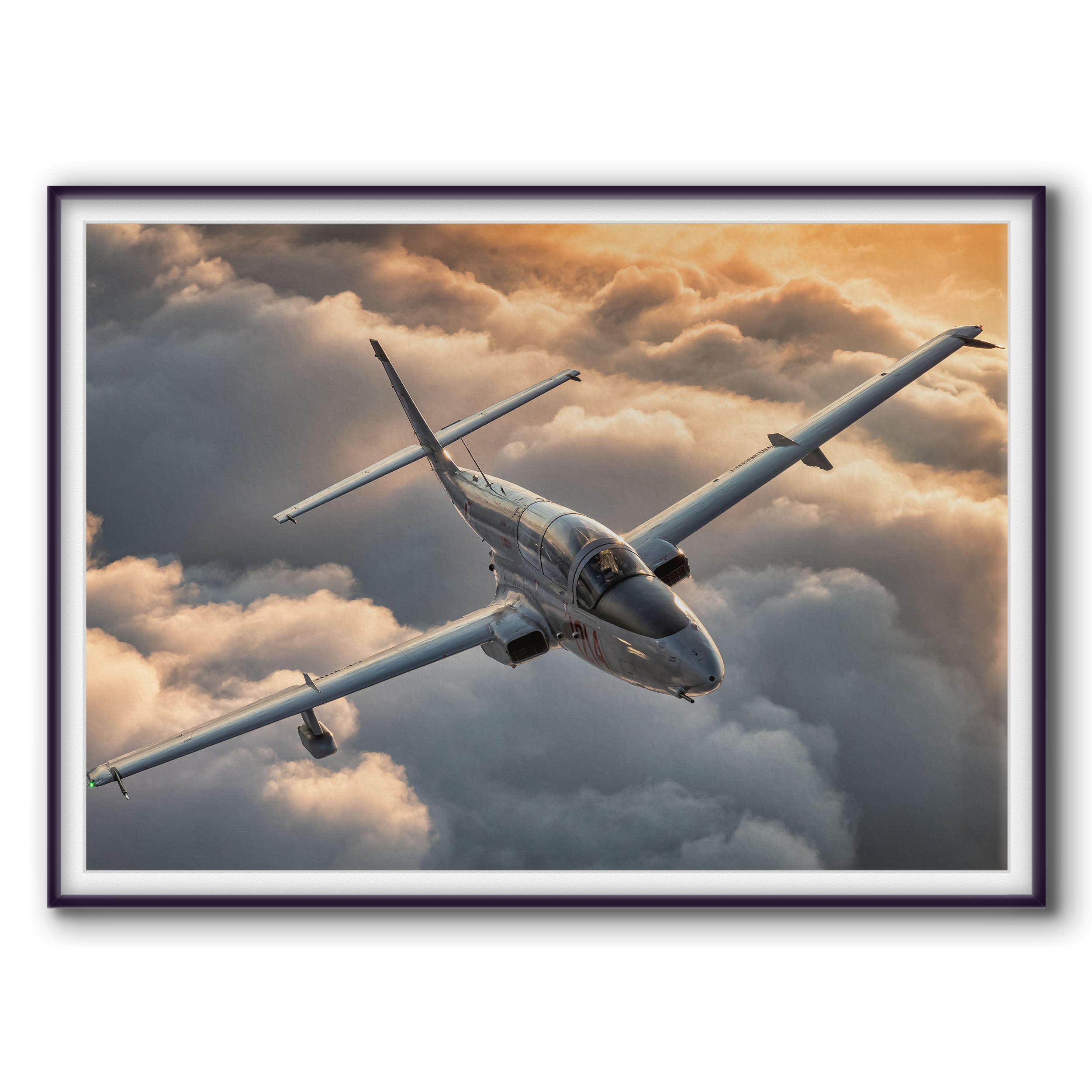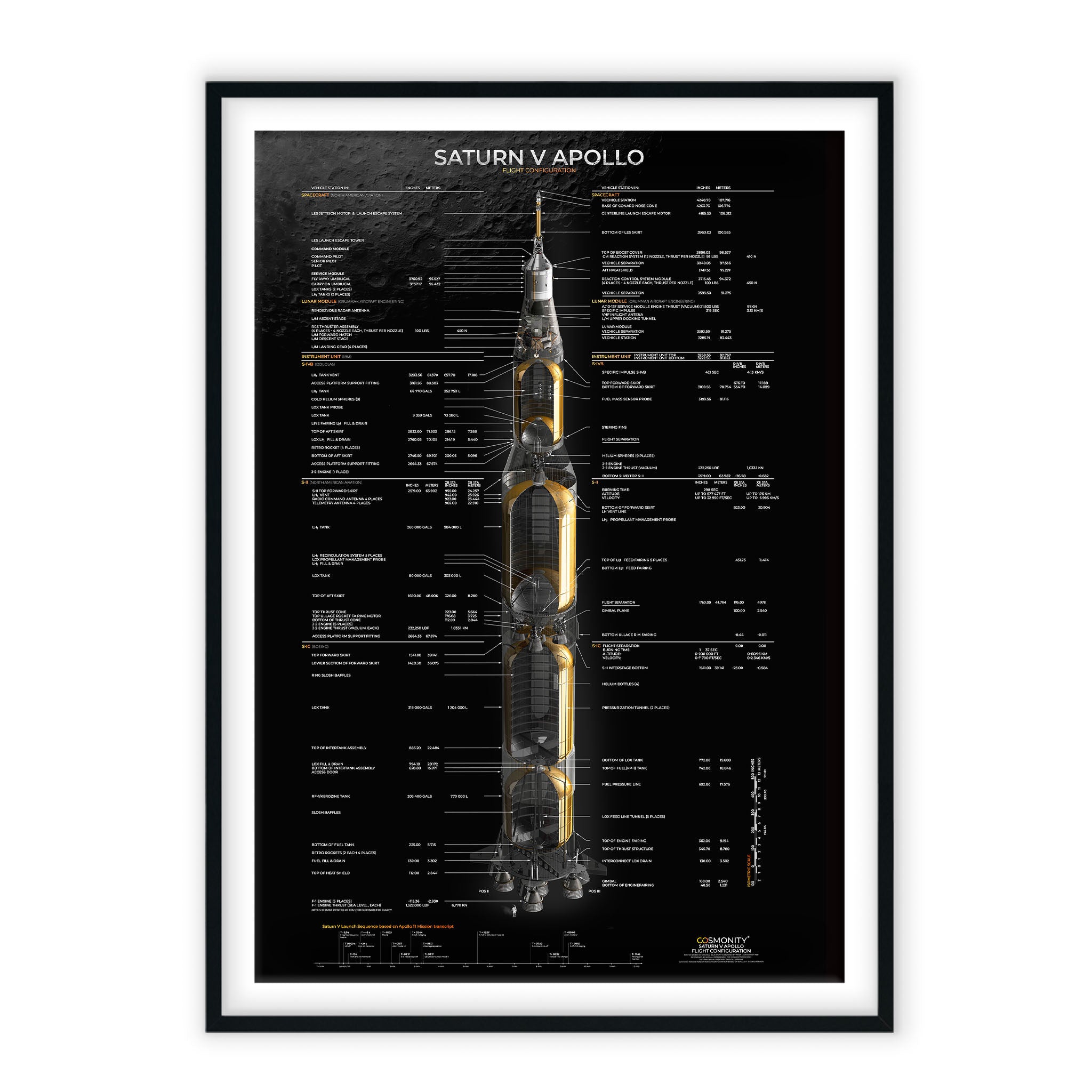The PZL TS-11 Iskra is a Polish jet trainer aircraft that was developed in the late 1950s and entered service with the Polish Air Force in 1964. The Iskra was designed as a replacement for the earlier PZL TS-8 Bies trainer, and it was also intended to serve as a light attack aircraft.
The Iskra is a single-engine, two-seat aircraft that features a low-wing design and a swept wing configuration. The aircraft is powered by a single Ivchenko AI-25 turbojet engine, which provides a top speed of around 870 km/h (540 mph) and a maximum altitude of around 12,500 meters (41,000 feet).
The Iskra was used primarily as a trainer aircraft, with over 400 aircraft produced and operated by several countries, including Poland, India, and Bangladesh. The aircraft was also used for light attack missions, with the Polish Air Force using it to carry out ground attack missions in the 1970s and 1980s.
The Iskra's advanced avionics and systems made it well-suited for its training role, with features such as an ejection seat, a radar warning receiver, and a navigation and communication suite. The aircraft was also known for its reliability and ease of maintenance, which made it popular with operators.
The Iskra remained in service with the Polish Air Force until 2004, and it continues to be used by several other countries for training purposes. The aircraft's simple and robust design, coupled with its advanced avionics and systems, have made it a popular and effective trainer aircraft for several decades.
Maciej "Szamal" Szamałek is an aviation photographer from Poland who specializes in air-to-air photography. For him, photography is a form of play, to express his aviation passion. It helps him to capture fleeting moments and allows him to preserve emotions, sorrows, joys, and memories. It's a constant pursuit to be in the right place at the right time.



























